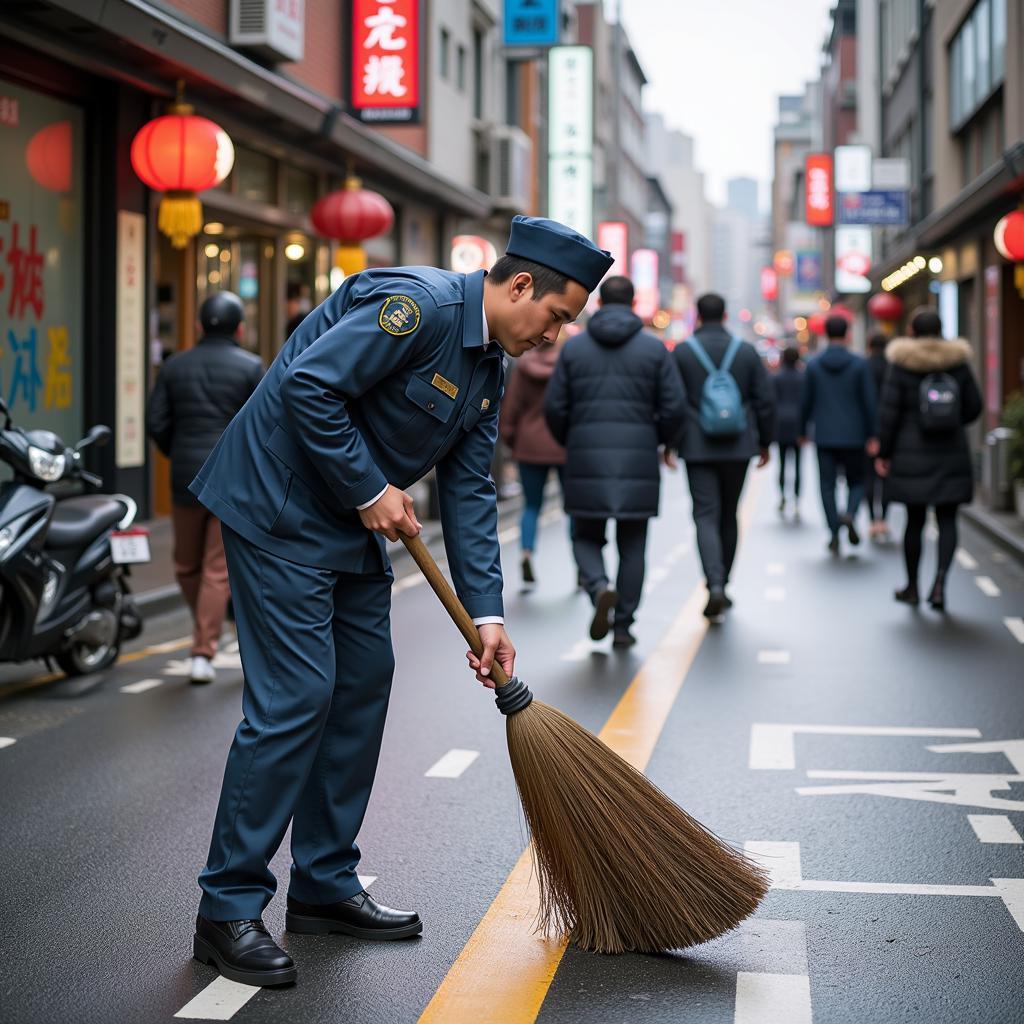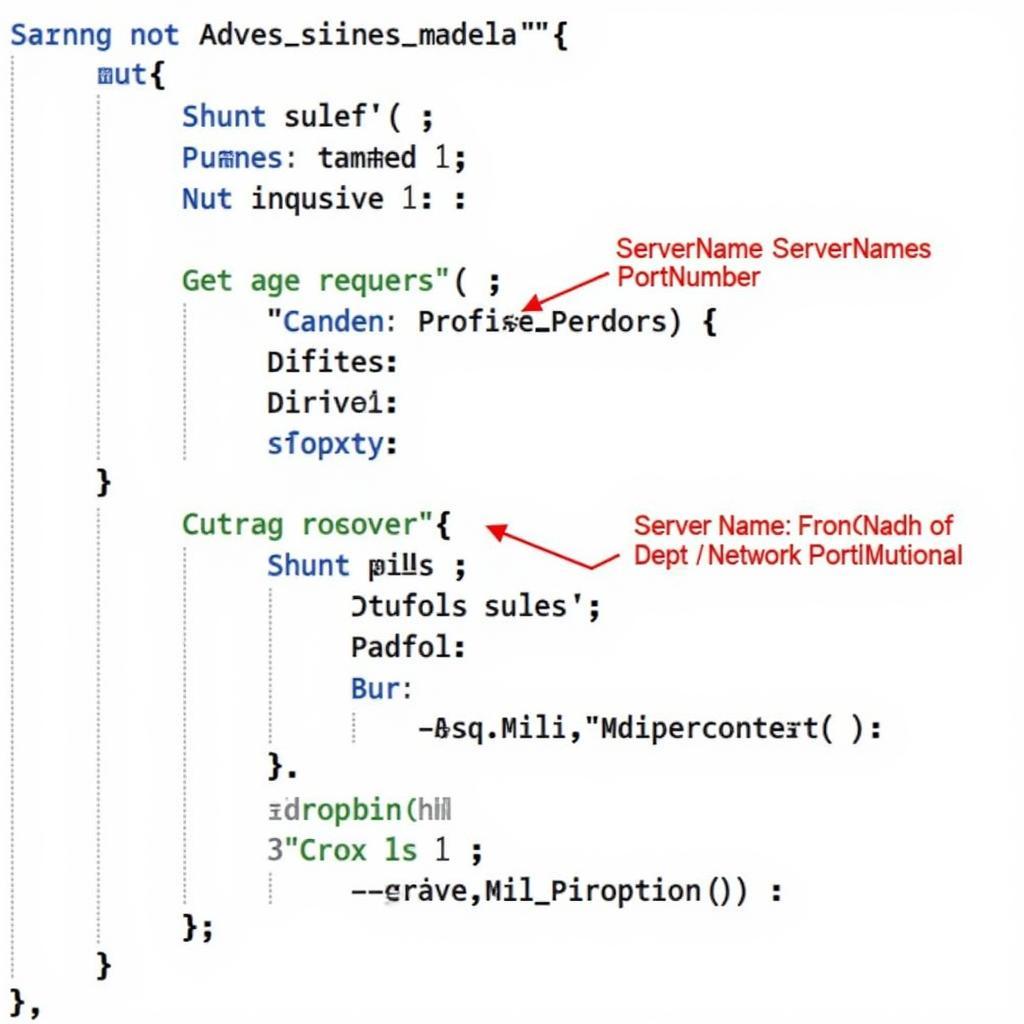The vibrant tapestry of ASEAN attire is woven with threads of history, culture, and tradition. Each nation boasts a unique style, reflecting its people’s identity and heritage. In this exploration of ASEAN attire, we turn our focus to the Philippines, a country known for its joyful spirit and stunning garments.
 Traditional Philippine Clothing
Traditional Philippine Clothing
The Barong Tagalog: A Symbol of Filipino Pride
The Barong Tagalog, often simply called “Barong,” is the national attire of the Philippines for men. This embroidered garment, often made from sheer fabrics like piña (pineapple fiber) or jusi (silk blend), exudes an air of elegance and sophistication. The Barong’s translucent fabric, often adorned with intricate embroidery, reflects the country’s warm climate and the Filipinos’ appreciation for delicate craftsmanship.
 Intricate Details of Barong Tagalog
Intricate Details of Barong Tagalog
The Filipiniana: Grace and Elegance Personified
For women, the Filipiniana reigns supreme. This dress, also known as the “Maria Clara gown,” embodies grace and femininity. Characterized by its butterfly sleeves, a fitted bodice, and a flowing skirt, the Filipiniana accentuates the wearer’s silhouette with elegant drapery. Often crafted from luxurious fabrics like silk, satin, or piña, the Filipiniana is a testament to the Philippines’ rich textile tradition.
The Significance of Embroidery and Patterns
Beyond the basic silhouettes, the true beauty of ASEAN attire often lies in the details. Philippine attire is no exception. Intricate embroidery, often featuring floral motifs, geometric patterns, and symbolic designs, adorns both the Barong Tagalog and the Filipiniana. These patterns often hold deeper meanings, reflecting regional influences, cultural beliefs, or historical events.
“The embroidery on traditional Filipino clothing tells a story,” explains renowned Filipino fashion historian, Maria Teresa Aquino. “Each region in the Philippines has its own unique patterns and motifs, passed down through generations. It’s a visual language that connects the wearer to their heritage.”
From Everyday Wear to Special Occasions
While Western clothing has become increasingly common in the Philippines, traditional attire continues to hold a special place in the hearts of Filipinos. The Barong Tagalog and the Filipiniana are often worn for formal events, weddings, cultural celebrations, and even in professional settings.
 Filipinos in Traditional Attire at a Cultural Celebration
Filipinos in Traditional Attire at a Cultural Celebration
The continued presence of traditional attire in modern Filipino society speaks to the enduring pride Filipinos have in their heritage. These garments are not merely relics of the past; they are living expressions of cultural identity, worn with a sense of respect, appreciation, and joy.


